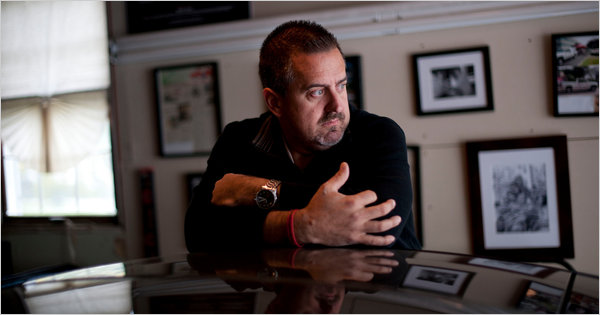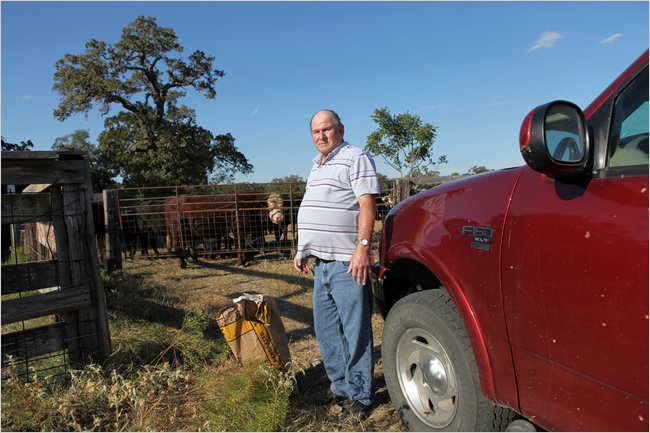| Want to send this page or a link to a friend? Click on mail at the top of this window. |
More Special Reports |
| A SPECIAL SECTION: Haiti, Since the January 12, 2010 Earthquake |
| Posted November 16, 2010 |
| National |
|
Putting Money on Lawsuits, Investors Share in the Payouts |
|
|
|
|
 |
|
|
GORDON M. GRANT/FOR THE NEW YORK TIMES |
|
| Anthony Flammia, a former New York City police officer who spent three months working in the wreckage of the World Trade, received a bill for interest from his lawyers. |
|
By BINYAMIN APPELBAUM |
 |
| A CANCER CASE Denis Krueger started at BNSF railway factory in Texas in 1974. His doctor said the cancer he developed was probably related to his job. |
| Wehaitians.com, the scholarly journal of democracy and human rights |
| More from wehaitians.com |